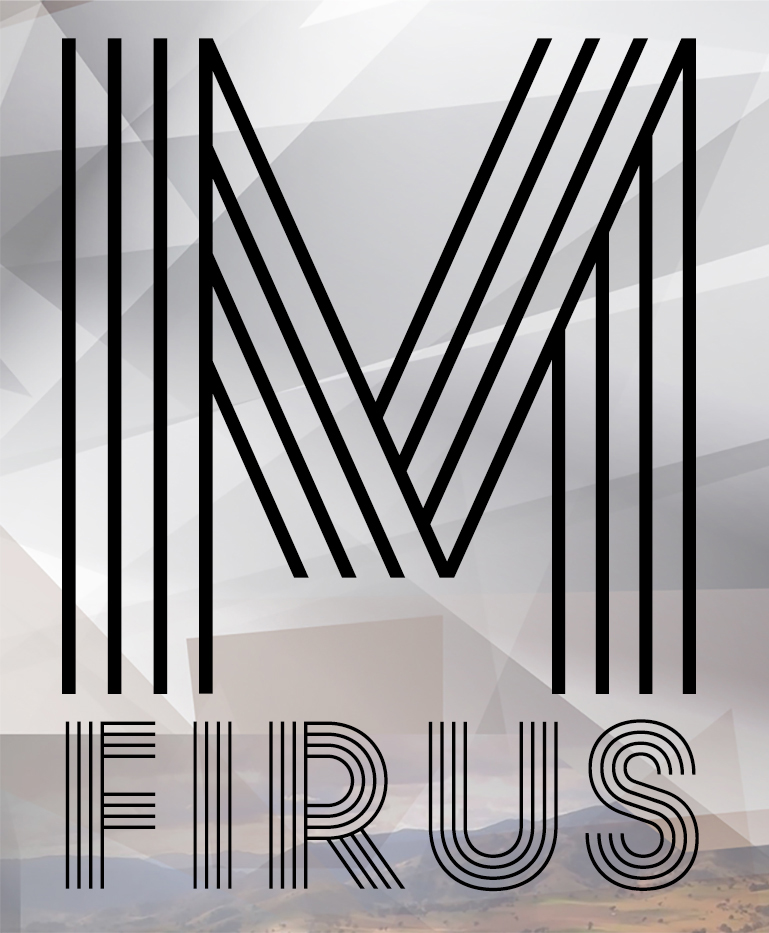
Visuals for a Haiku
Haiku, for the uninitiated, is a very short type of poetry. Originating in Japan, it has been adopted as verse in its most distilled form. Traditionally in print form, Haiku poetry consists of three lines or phrases. The first line has five syllables, the second 7 and the last 5 again.
This week in RMIT Media, we were given the opportunity to wonder around the city and shoot whatever we felt had merit with our mobile devices. We then shared our footage with each other, found a Haiku from here , and created visuals for our chosen poems. I have to say, the objective of just “filming something” sounds a much easier task than it really turned out to be. It required us to be observant for pleasing mise en scene in an environment which we all pass through, generally without much thought and for utilitarian purposes; the street. The time limit for the exercise was another parameter that cleared out distractions and encouraged us to really think about using composition and subject to the greatest aesthetic effect.
It is said that the soul of Haiku is the idea of “cutting” or “Kiru”. This cutting creates a juxtaposition of ideas and supposes that the two elements are related. My visuals employ tonal montage to support the themes of the Haiku I chose, i.e. to draw parallels between the way leaves are influenced by the wind and the behavior of people on the street. These are my two juxtaposed elements.
PS. I know the featured Haiku is grammatically questionable… but you have to respect the masters.
